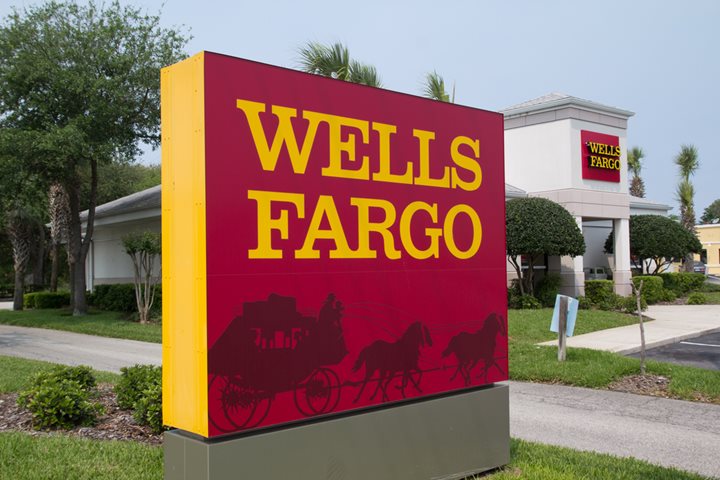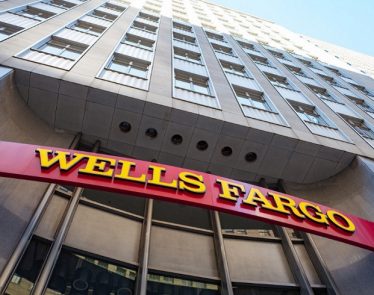
Wells Fargo (NYSE:$WFC) has been known as one of the United States’ most reliable and efficient banks by analysts, investors, and consumers alike for a long time. As such, when the bank saw its efficiency start to decrease in recent months, it announced that – by the end of 2019 – annual expenses will be cut by $2 billion.
As part of Wells Fargo’s plan to cut down on its expenses, the bank has begun to shut down some of its branches. Currently, Wells Fargo has the largest number of banking branches in the U.S, with 5,977 locations. This is after closing 93 branches in the first six months of 2017. In the second quarter, Wells Fargo closed 54 of its locations. This year, Wells Fargo plans to close a total of 200 locations. In 2018, it hopes to close 250 locations in total.
However, investors shouldn’t expect Wells Fargo to earn much from its closures. During the bank’s second-quarter conference calls, CEO Timothy Sloan said “there are minimal immediate savings recognized from branch closures due to the initial closing costs. Therefore, most of the expense benefit from the 200 branches we close this year will not be realized until next year.”
Wells Fargo isn’t the only bank that is closing down locations. Other major U.S. banks like Bank of America (NYSE:$BAC) and JPMorgan Chase (NYSE:$JPM) have been closing down branches for a few years now.
Branch closures are becoming common now due to the increasing popularity of online and mobile banking. Not only is mobile and digital banking more convenient for consumers, it’s also cheaper for banks. JPMorgan Chase once noted that a deposit transaction at one of its actual locations cost about $0.65, an ATM deposit transaction cost about $0.08, and a mobile deposit transaction costed about $0.03.
As a result, Wells Fargo has now put its focus on digital banking. In its second quarter reports, Wells Fargo saw more active digital users than primary checking accounts. There were 27.9 million digital active users and only 23.6 million primary consumer checking customers.
It’s important for investors to remember that bank closures are nothing like retail companies’ store closures. Instead, when banks announce closures, it’s a necessary and welcome move that can help a lot with making sure the bank remains steady in the long term.
Featured Image: Depositphotos/© ventanamedia












